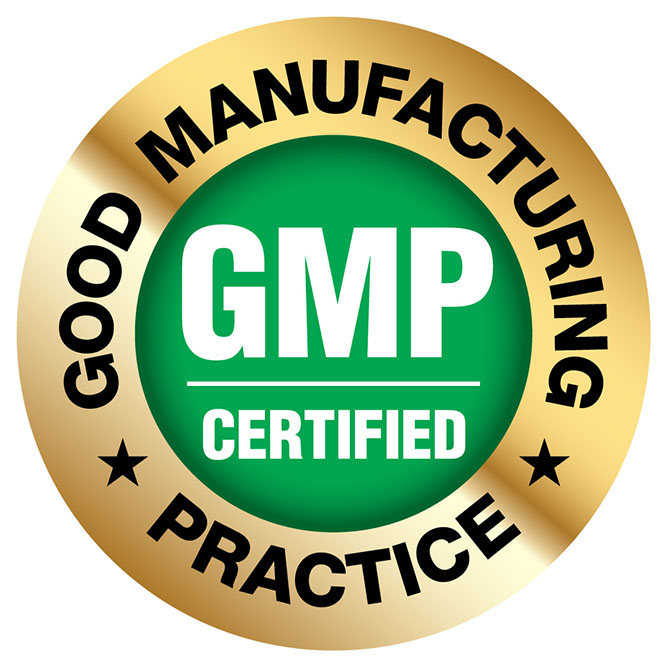Since kratom is a leaf picked off of a tree and consumed by people, then the kratom industry should make sure the manufacturing process of those products adheres to strict and sanitary guidelines. That way, the consumer is never put at risk because a company wants to cut a few corners to save a dime. Believe me. There are plenty of kratom suppliers and vendors that are looking to go the cheap route. Luckily, the American Kratom Association (AKA) has been there to pick up the fight for all of us kratom consumers. And they take this issue very seriously.
Prior this month, the AKA released its July Consumer Action Report for 2020. And Mac Haddow, the Senior Fellow of Public Policy of the AKA, informed us all about the dangers associated with kratom products leaving the Indonesian ports that haven’t maintained the Good Manufacturing Process (GMP). And he pointed out those suppliers are putting the entire kratom industry at risk with the Food and Drug Administration (FDA) in the United States.
The FDA has been breathing down the necks of everyone associated with the kratom industry lately. And the agency has tried to persuade legislators to ban the substance. So the AKA changed its leadership recently. It wanted to be better equipped to handle the ongoing legislating issues the industry faces on Capitol Hill. But no matter how much effort the organization provides to keep kratom legal, it’s all for naught if kratom companies are not doing their part.
Bacterial Contamination on Farms
In the past few years, the kratom industry has faced concerns about widespread salmonella outbreaks. But that doesn’t mean the bacterial infections occurred at American facilities. More than likely, the bacteria outbreak resulted from the high-risk procedures in the Indonesian manufacturing process. Some of the farmers and suppliers had basic setups for the production of kratom. They would take the leaves and spread them out on plastic tarps to dry. And those tarps would be outside on the ground in all the elements. And those leaves might remain that way for a few days before they would be collected and processed.
During that period of time, people would walk across the leaves with bare feet, spreading dirt and germs all over the kratom product. But it wouldn’t just be people, either. Animals would also trek over the leaves, dropping fecal matter all throughout the area. Small reptiles and rodents had free rein in the territory because the tarps were lying on their natural habitat. And kratom leaves can become infected with salmonella from the feces left behind by those animals. Even if the leaves are later washed, the bacteria will continue to spread through the plant’s cells.
So the AKA has been working diligently with the Indonesian kratom growers association to implement safety protocols. One of the ways that suppliers changed their old strategy to help prevent bacterial diseases and contaminants was using covered and screened-in drying racks to place the kratom leaves on while waiting for the next stage.
The Issue of Heavy Metals
But the drying and fermentation process wasn’t the only issue the AKA found in the Indonesian manufacturing procedure. After the kratom was dried, it had to ground up into the fresh powder that Americans purchase in shops around the US. That’s where some of the suppliers ran into other problems. There were concerns about some of the grinders used for that process. A lot of the machinery was old, rusty, and worn out. And looking at the grinders in operation, we could see why. Most of the growers were using coffee grinding machines from the early-to-mid 20th Century. They were leftovers from the Indonesian World War II era. And when they were operated to grind up the kratom leaves, the machines were putting heavy metal contaminants in the finished products that we consume. Numerous independent lab results confirmed it.
The farmers and suppliers had to take extra precautions to prevent that from happening in the future. So the plants had to purchase new stainless steel machines for the production of the kratom powder shipped to vendors in the states. Still, even with the additional steps taken, there’s always the chance that bacterial infections might develop in kratom. So other safeguards are necessary. Suppliers also have to adequately clean the manufacturing equipment between each produced batch of kratom. Residuary particles of salmonella can be left behind from a contaminated batch of kratom. So the only way to make sure it doesn’t spread to other batches is to constantly clean those machines.
Good Manufacturing Practices Across the Board
The AKA has been working with the Indonesian government to create a set of standards that every kratom supplier will have to adhere to. And that strengthens the entire kratom industry’s foundation. Suppliers maintaining those manufacturing practices in Indonesia would give kratom vendors in the United States an additional safety net to make sure that their consumers are getting the best quality kratom possible. And that’s the most important aspect: kratom consumers getting a healthy, nutritional product to consume.
Once the practices have been implemented, these manufacturing standards help to establish a type of farm-to-table approach within the kratom industry, making sure that the safety of the consumer is the most important factor in a sector that’s supposed to be focused on providing well-being for the end-user. But the procedures by themselves are not enough. The industry needs to remain vigilant that each link in the chain maintains steadfast to the strategy.
It all begins in the Indonesian rainforest when farmers pick the leaves from kratom trees and practice cautious techniques that mitigate the risks that are associated with supplying an agricultural commodity in a region prone to bacterial infections. And it continues along the chain of supply until it reaches the doorsteps of American kratom vendors. Once in our borders, kratom companies must maintain the quality standards set forth by Good Manufacturing Practices (GMP) in their packaging facilities. And that allows each kratom consumer to know that a wholesome kratom product is found inside each package they purchase.
Buy From a Legitimate Kratom Vendor
Some kratom consumers get their products straight from farmers or suppliers over in Indonesia. A lot of people import their kratom because it’s much cheaper and allows them to know that they’re getting the purist kratom available. Without a middleman, users need not worry about getting ripped off by vendors that might tamper with the product. And I understand the desire. Everyone wants to make sure the kratom they’re taking is nothing but the real thing. However, getting your kratom shipped over from Indonesia, as we just discussed at length, does not mean you’re getting the finest product on the market. In fact, unless you spend some of your money to ship samples off to a lab for testing, there’s no way for you to know if the kratom you’re ingesting isn’t dangerous for your health.
While everyone would like to get their kratom straight from the source, it might be safer if you use a vendor that does the necessary testing on the kratom products for you. Then you’ll know for certain that the dangers of consuming kratom have been mitigated some. Besides, it’s going to get more difficult to acquire shipments from Indonesian suppliers: the FDA has stopped certain couriers from shipping kratom into the states from that country. Sure, there’s a chance the supplier will get through customs by the product being mislabeled, but that brings more heat onto the kratom industry, too. But we already have American companies who supply it legitimately. Why rock the boat?






